Register by Jan 13 to save on passes and connect with marketers from Uber, Bose and more

The rise of ad blocking is one of the greatest headaches for publishers today, and many, including the Financial Times and Vox Media, are trying a variety of ways to get around people who block ads.
But new research shows two-thirds of U.S. consumers using ad blockers could be convinced to uninstall the software, under certain conditions.
In the U.S., men between the ages of 18 and 34 are the most likely to block ads, according to a survey by the Interactive Advertising Bureau (1300 computer users and 201 mobile users were interviewed). “The tech and gaming communities are largely the users of the ad blocking tools,” said Alanna Gombert, gm of the IAB’s tech lab. Women in the same age range are also high users of ad blocking: “This demographic is tech savvy and they know how to use tools,” she added.
According to another report by Midia Research, which surveyed 3,600 people from around the world, only 41 percent of consumers are aware of ad blocking. Of those, 80 percent block ads on desktops and 46 percent block ads on smartphones.
When it comes to the reasons for blocking ads, people have a few pet peeves. “The No. 1 annoyance for consumers is when an ad blocks content, is invasive and in your face,” said Gombert. If ads stop content from loading or slow it down, it will incentivize the use blockers. “They want an experience that’s consistent with the environment with which they’re browsing.”
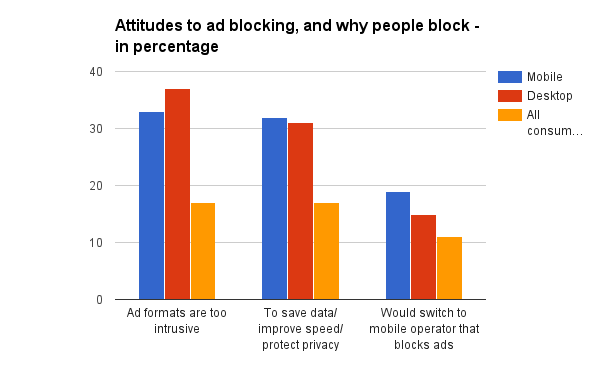
But it’s not all bad news. Of those who are most likely to block ads, men between the ages of 18 and 34 are also the most likely to be convinced to turn the blockers off. “They’re willing to turn them off for a better ad exchange,” said Gombert. Whether it’s a subscription or slightly fewer ads, she said they’re willing to listen if publishers angle it in a personal way. “If someone comes to you and says, ‘Hey, I’ve created all this content, it’s free for you to read and consume, but I do have to pay my reporters and photographers. Here’s my proposal, what works best for you?’ it becomes personal.”
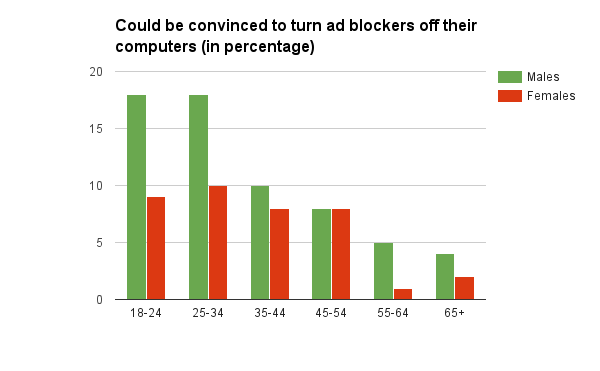
Gombert said younger people are more willing to turn off ad blockers because they know technology and understand it can be changed, improved and upgraded. “They trust and believe things can be fixed,” but she added they can be unforgiving if nothing changes. “There has to be change; otherwise, people will turn it back on if they’re not delighted or pleased.”
Other ways to get people to uninstall blocking software include making sure ads don’t have auto-play audio or video in environments where they aren’t expected by consumers and safeguarding users from ads that are infected with viruses.
Why people turn off ad blocking software
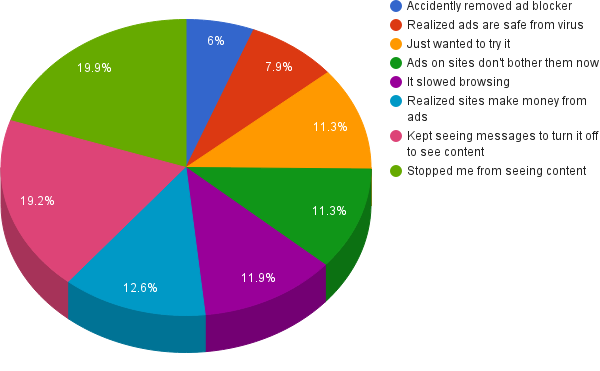
One of the IAB study’s surprising results, said Gombert, was that while 40 percent of users believed they were using ad blockers on their computers, only 26 percent actually were doing so. The rest confused built-in pop-up blockers and security software with ad blockers.
Midia Research analyst Karol Severin said its data, on both mobile and desktop ad blocking, also skews slightly male and slightly younger in age, but he warned older generations’ use of blocking software should not be taken lightly. “Ad blocking absolutely has mainstream potential,” he said, since 46 percent of desktop ad blocking comes from users 40 and older.
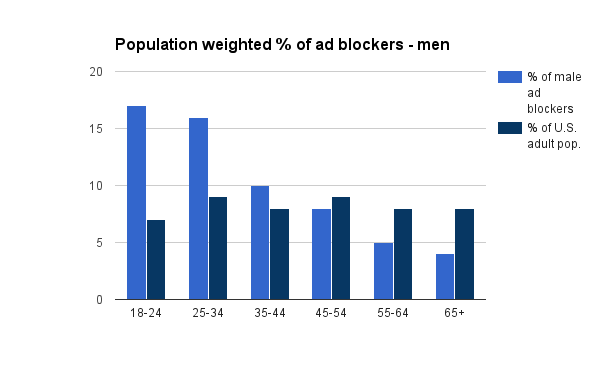
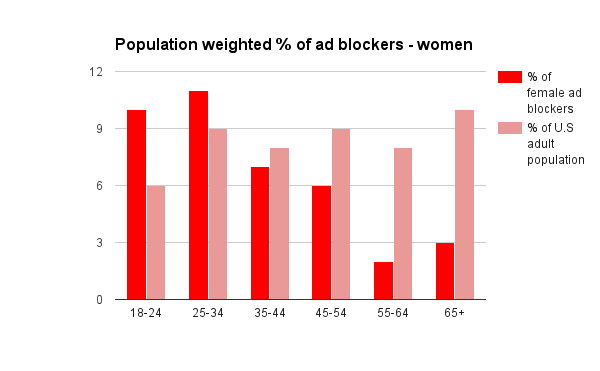
Severin said publishers need to improve advertising formats, make them less intrusive and more relevant, but he added consumers will still opt for an ad-free experience if they can.
“Ad blocking has grown under the radar for a number of years,” said Severin. “The growing ad revenue loss shows no signs of slowing. Publishers are waking up to the size and urgency of the threat.”
More in Media

Media Briefing: Here’s what media execs are prioritizing in 2026
Media executives enter 2026 weathered by disruption, but refocused on AI revenue, brand strength and video and creator opportunities.

Why publishers are building their own creator networks
Publishers are forming creator networks to regain control, combat traffic declines, and reach audiences shifting toward influencers.

The accidental guardian: How Cloudflare’s Matthew Prince became publishing’s unexpected defender
Cloudflare’s day job is fending off botnets and nation-state cyberattacks, not debating how Google and other AI firms crawl publisher sites.





